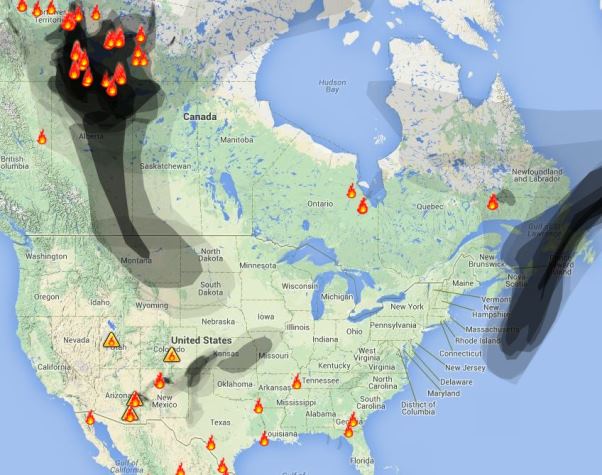The Predictive Services section at the National Interagency Fire Center has issued their Wildland Fire Potential Outlook for July through October, 2014. The data represents the cumulative forecasts of the eleven Geographic Area Predictive Services Units and the National Predictive Services Unit. If their predictions are correct, the wildfire season will be busier than usual in the states of California, Washington, Oregon, Idaho, Nevada, and Arizona.
July
- Above normal fire potential will persist over much of California, the Northwest and the Great Basin. Southern Arizona and southwestern New Mexico will return to normal in July.
- Below normal fire potential will continue for much of the south central and southeast U.S. Below normal potential will also become prevalent across portions of the Northern Rockies and Rocky Mountains.
August
- Above normal fire potential will continue over most of California, Nevada, Oregon, Washington and Idaho. Above normal conditions could possibly develop across the New England states and Four Corners area if short-term weather develops that would support fire outbreaks.
- Below normal fire potential will continue over northern Idaho, Montana and portions of Wyoming, Colorado and South Dakota. Portions of Texas, Oklahoma, Arkansas, Tennessee, Louisiana and Mississippi will also continue to see below normal fire potential.
September through October
- Above normal fire potential will remain over Southern and Central California. Northern California, Oregon and Washington will return to normal during this period.
- Below normal fire potential will return across much of the Southeastern U.S. except for gulf coastal areas and most of the Coastal Atlantic states.












